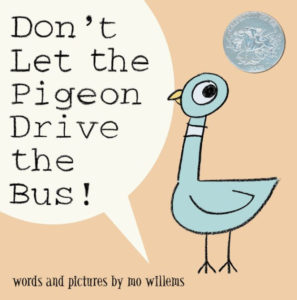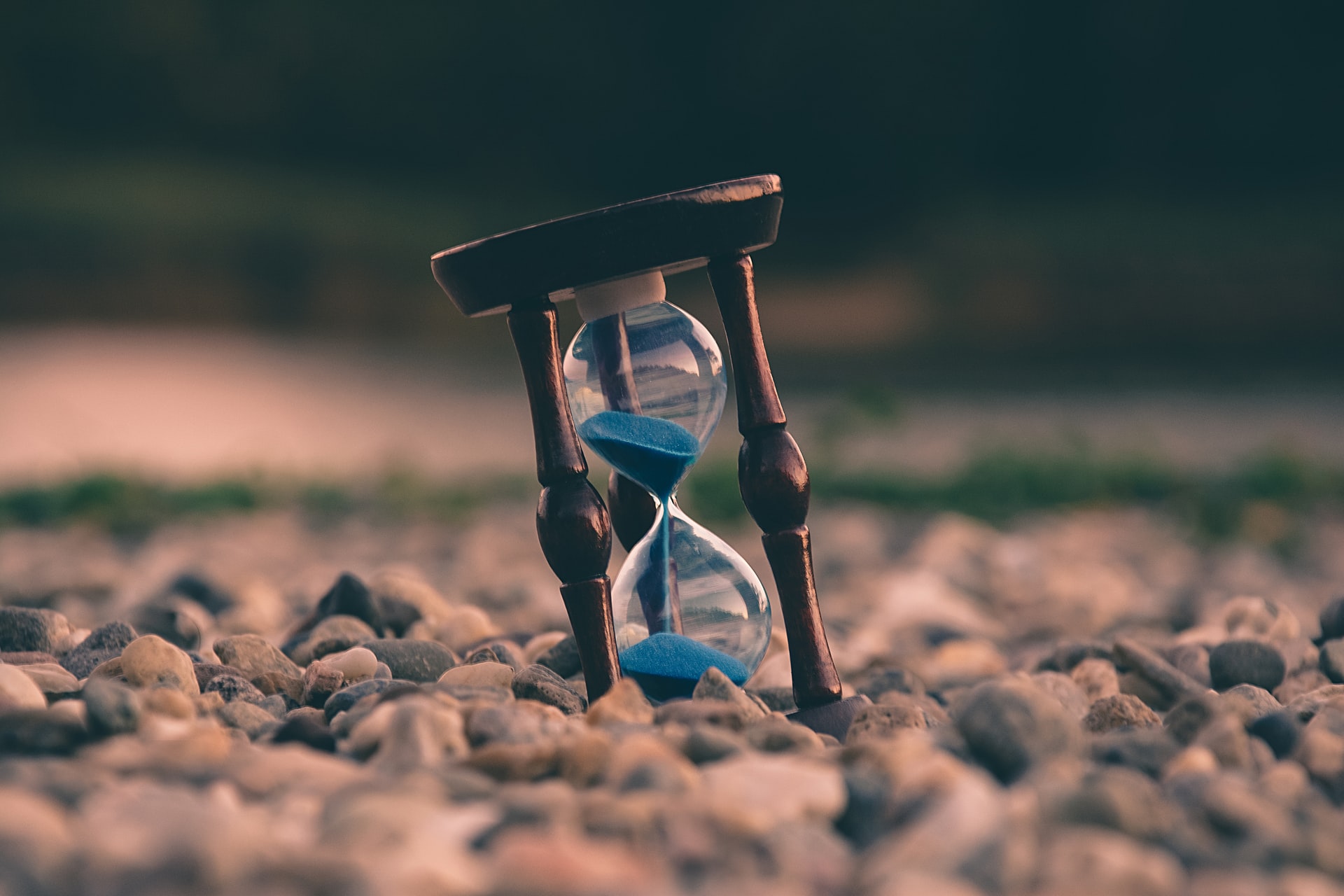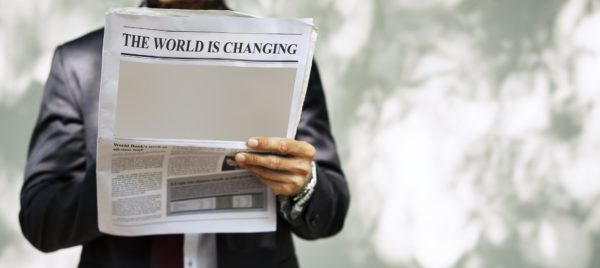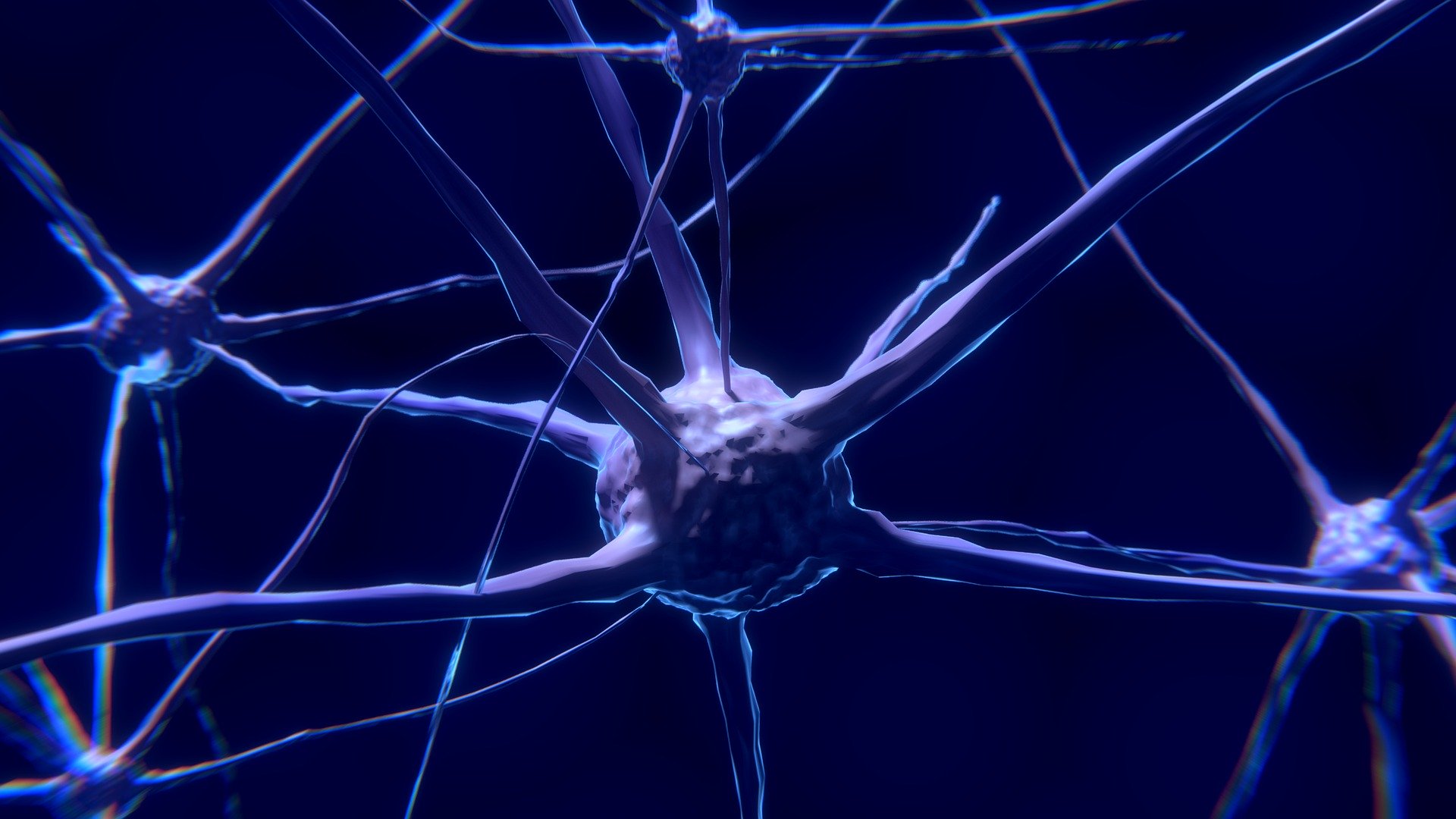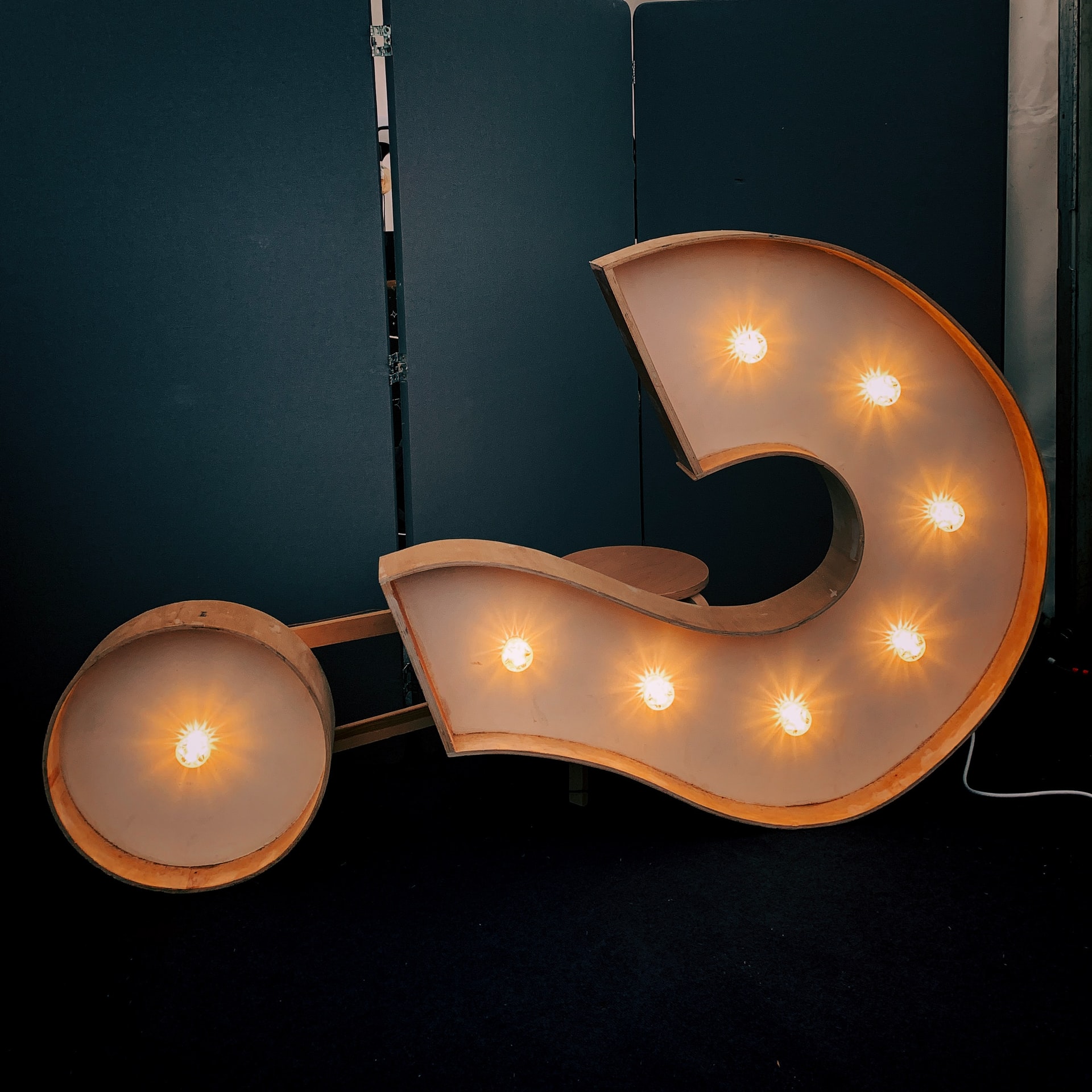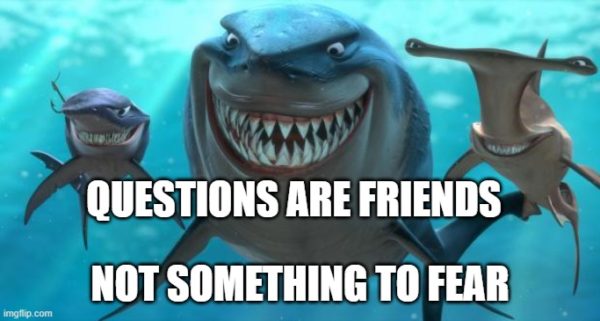In The Empire Strikes Back (1980), the second of George Lucas´ sci-fi original Star Wars trilogy, hero Luke Skywalker (played by Mark Hamill) seeks out former Jedi master Yoda. Luke wants to train to be a Jedi, in order to meet and defeat the evil character Darth Vader.
Besides intense physical training, the young Luke Skywalker must also undertake the task of facing his innermost and deepest fears ̶ a task he turns out not to be quite ready for in the movie.
When entering a foggy and mystical place in the swamp in which the training takes place, even though he senses darkness and death as he nears the cave, Luke nevertheless finds himself being lured into the dark and unknown.
On his way into the unknown, Luke reaches out to grab his light saber (a kind of laser sword), to be able to defend himself if necessary. At that moment, master Yoda speaks out and says: “Your weapons. You won’t be needing them.”
Luke meets Yoda’s look and asks, “What will I find in there?”
Yoda replies, “Only what you take with you.”
Luke buckles his weapons belt around his waist. Then, he enters the dark and unknown.
Well inside the cave, Luke soon finds himself grabbing after his light saber, when he finds himself standing face to face with his worst enemy ̶ Darth Vader. Instinctively, Luke draws his light saber, and goes to attack.
After a short exchange of fencing, Luke decapitates his worst enemy, and when he looks at the decapitated head on the ground, he is perplexed, as the face he sees behind the black helmet and mask, is his own.
When Yoda debriefs Luke after his cave experience, he explains to his young apprentice that his experience reveals Luke’s innermost fears. “Fear,” says Yoda, “is the path to the dark side. Fear leads to anger. Anger leads to hate. Hate leads to suffering.”
When fear sets in, we lose control of our rational faculties. Our brains are programmed towards self-preservation when we experience that we are threatened, and the problem with our brains is that they cannot separate fact from fiction. A threat is a threat, and we act instinctively upon it. Or, at least that is one of two options for how to respond.
In their ground breaking research on behavioral economics, Daniel Kahneman and his deceased colleague Amos Tversky (†1996) found that the brain seems to have a two-system model for functioning. For the sake of simplicity, they called them system 1 and system 2. (To learn about the systems in more detail, I highly recommend Daniel Kahneman’s book Think fast, and slow, in which he explains in detail how the two systems functions and relate to one another.)
In short, system 1 is instinctive and reacts without blinking or thinking. This is the instinctive and intuitive system that makes us jump away from a car almost running us over in the street. System 2 is the reasoning system that tells us that the cars driving past us closely by the crosswalk are not going to hit us, and therefore makes us feel safe ̶ despite the fact that it could be a dangerous (even potentially lethal) situation.
The thing is that we need both systems to function properly in our everyday life, but the trick is that we sometimes ̶ more often then we like to admit ̶ use the wrong system depending on the situation ̶ a problem that causes us to fight bogeys that only are products of our own mind, rather then real threats. This is the reason why fear can get the upper hand of us ̶ like in the opening example with Luke Skywalker. His biggest fear was the darkness within himself, and that is the reason why he found his own face behind the helmet of Darth Vader ̶ the person who Luke thought he feared the most. This is the reason why Yoda was right when he told Luke that he would find that which he carried with himself inside the dark cave. In Luke’s case, it was system 1 that made him react instinctively and cut down his opponent. It was not until he later analyzed the situation using system 2 that he saw the situation in a more sober and clear way ̶ a way that showed that he could have thought, felt, and acted differently. And all this because of fear.
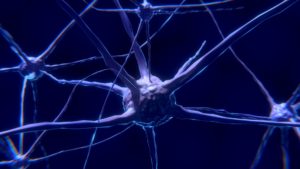
“The only thing we have to fear is fear itself”
During the period after WWII, an intercultural fear kicked in as a result of the Cold War. Author Philip Yancey tells a story of how fear made him and his brother learn Chinese and Russian in the event of a full scale war where they would have to communicate with their enemy in order to save their own lives (The story is told by Philip Yancey in his book The Jesus I never knew). Fear was commonplace at that time, alongside the optimism that the world would now prosper in the aftermath of two World Wars.
During that tense yet exciting time, many people recalled the inspiring words of the late President Franklin D. Roosevelt, spoken to a nation reeling from the First World War and the hardships of the Great Depression. “The only thing we have to fear is fear itself.” Once again, we need to return to his words during dark and uncertain times. Because, even though the world is, in general a much safer place for the majority of the world’s population in the west, fear still seems to cheat us ̶ especially when it comes to the global outbreak of Covid-19.
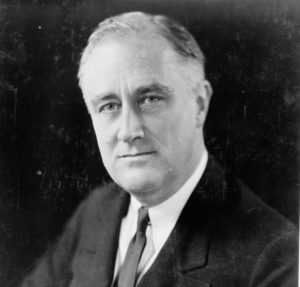
I start with admitting that we must all remain humble at this point. I am writing as a Swedish citizen, living in a country that has taken its fair share in international criticism when it comes to strategies and governmental choices of coping with Covid-19. I do not agree with everything that has taken place, but I cannot at the same time close my eyes to the fact that fear seems to be the motor behind much of the critique, rather then open-mindedness.
After all, why did the Swedes buy up all the toilet paper in the stores when the pandemic hit Sweden? Are all Swedes full of crap? (pun intended)
Or why did American gun sales skyrocket during the same period that Covid-19 got a foothold and spread in the US? Do all Americans want to get a shot at someone?
Let’s leave aside the answers to these questions for now. They are interesting in themselves, but the reason I asked that was to flesh out the more pertinent issue: the things we turn to in order to feel certain in times of uncertainty.
And the answer to these questions are to my mind quite simple: The system breakdown that made us all act this irrational, was our mistake of using system 1 for a situation that requires system 2 to respond properly. Fear got the upper hand on most of us, and like Luke, our deepest fears discover where our hope truly is anchored.
Where is your heart—Where is your fear?
In his Large Catechism (found in The Book of Concord), Martin Luther (1483-1546) writes the following words to his readers of how the first of the Ten Commandments should be understood.
What does it mean to have a god? or, what is God? Answer: A god means that from which we are to expect all good and to which we are to take refuge in all distress, so that to have a God is nothing else than to trust and believe Him from the [whole] heart; as I have often said that the confidence and faith of the heart alone make both God and an idol. If your faith and trust be right, then is your god also true; and, on the other hand, if your trust be false and wrong, then you have not the true God; for these two belong together, faith and God. That now, I say, upon which you set your heart and put your trust is properly your god.
To have a God is to have someone (or something) in which one invests all ones hopes and trusts. In this sense, very few people are to be regarded as atheists. We all trust something and/or someone—even if we do not refer to this someone as God.
In the case of Covid-19, many people bought up supplies of food (which makes sense), but a great deal more irrational purchases were made too—like toilet paper and guns. What these events reveal to us is our collective unconscious way of acting in accordance with the mass—without asking critical and yet necessary questions in able to respond rationally and properly. Instead of acting out of fear, we as Christians should have asked ourselves: Where is my heart located at this moment? Indeed, it is no coincidence that the young man who turns to Jesus with the question of how to gain eternal life, walks away with a heavy heart when he finds out that he has to let go of the possessions that are possessing his heart (Matt 19:16-22).
In the Sermon on the Mount, Jesus underlines this by telling his listeners not to store treasures here on earth, but rather in heaven (Matt 6:19-22).
Do not store up for yourselves treasures on earth, where moths and vermin destroy, and where thieves break in and steal. But store up for yourselves treasures in heaven, where moths and vermin do not destroy, and where thieves do not break in and steal. For where your treasure is, there your heart will be also. (NIV)
To put it more bluntly: Who do you trust when push comes to shove? Who do you and I turn to for certainty in an uncertain time like this? We seem to forget that fear has a crippling effect on us as both individuals and collectively, and as with every other threat to our existence, we risk acting in such a way that the cure is worse than the disease. And not just that. For fear does not only confine our way of acting, it also confines our way of thinking and speaking. This is the reason why terrorism is such an insidious business. You see, it is not the terrorist acts themselves as much as the fear of the potential acts that is the goal for the terrorist. If you and I are instilled with fear, the terrorist has already won. This does not mean that we should act foolish in defiance, but we must pay attention to the gap between fear and fact. If system 2 is given precedence over system 1, chances are much greater that we spot which threat is real and which threat is not.
In Ephesians 6:12, Apostle Paul writes, “For our struggle is not against flesh and blood, but against the rulers, against the authorities, against the powers of this dark world and against the spiritual forces of evil in the heavenly realms.”
The classical Christian doctrine of the fall (see Gen 3), states that the whole of creation is fallen. The fall affects us all, and even if we do not yet know how this is going to play out, we know that the struggle is a reality to both mind and matter. In our bodies, the fight is currently being fought in the bodies of the hundreds of thousands of people who are fighting for their survival, as well as the hundreds of thousands of medical staff who are fighting alongside them. Their battlefields are the hospitals, laboratories, and homes, and they are indeed heroes that deserve our gratitude and support in both action and prayer. (Remember that a prayer for your doctor or nurse is just as important as a prayer for your pastor).
In our minds, the fight is over whether or not fear will get the upper hand of us—both as individuals and collectively. After all, if system 2 is allowed to inform us, it can remind us that we live in a time in history which has never been more safe than ours–despite the latest pandemic of Covid-19. (See for example Hans Roslings book Factfulness–Ten Reasons We’re Wrong About The World–And Why Things Are Better Than You Think for a system 2, fact-based assessment of the present situation in the world). And let the words of former President Roosevelt linger in your mind as you envision the current situation of the world: “The only thing we have to fear is fear itself.”
Pray the fear away
A couple of weeks ago, I made a quick stop at the local grocery store to buy lunch. As I was exiting the store using the self-checkout line, I overheard the following conversation taking place by the regular register behind me:
An older woman raising her voice to two young Muslim teenage girls standing close to her in line:
– Back up! Stand behind the yellow line! The yellow line!
Initially, the two young teenage girls responded the way teenagers usually do at that age—by listening to what is said, while at the same time signaling a subtle “we-hear-what-you-say-and-don’t-care-what-you-say”-attitude, which I noticed as I turned around to see their reactions to the woman’s aggressive tone.
The older woman continued by saying:
–You will show respect! Stand behind the yellow line and keep the distance!
By this point, the old lady gained some support from the cashier behind the plastic shield, concurring with a mild tone that the teenage girls should show respect to the old woman by backing up and stand behind the yellow tape that marked the recommended 6 feet for social distancing.
The two girls backed up a bit, but at the same time one of them raised her voice in opposition to the tone of the old woman:
–You don´t talk to me like that! If you want respect, then you show me respect by talking to me in a respectful manner! I´m not listening to you!
The tone of the conversation escalated, and they exchanged requests for respect back and forth for a while—until the old woman finally packed her groceries and left. The young girls silently paid for their groceries and left too.
I shared this story because it is a perfect example of the silent enemy which has emerged in the wake of Covid-19—the enemy of fear.
No doubt, the old woman at the grocery store acted out of genuine fear—a fear of contracting Covid-19. But in the end, what it all boils down to, is the fear of loss of life; the fear of death. The woman was in a risk category because of her old age, and like many older people, she may have had some sort of underlying condition, which put her even more at risk if she were to contract Covid-19. Even though it was a verbal expression of the “fight-or-flight” response to threat and fear, it was nevertheless her way of trying to get control of the situation by forcing others to act according to government directions of social distancing to prevent spreading and/or contracting Covid-19.
Even though her fear may have been justified, her behavior towards the two young teenage girls in the line was not—even if she was right in principle. Whence my understanding for both the old woman’s action as well as the two young teenagers’ response.
As the situation calmed, I found myself avoiding a potential interference of the verbal exchange which took place behind my back. Instead, I did what I think is our task to do whenever we encounter that other people’s fear comes near: pray the fear away. That is the most powerful way to keep the fear at bay.

